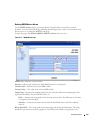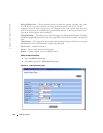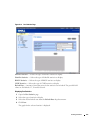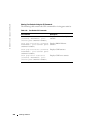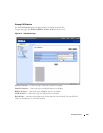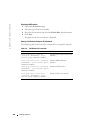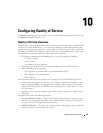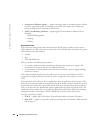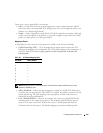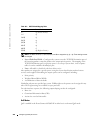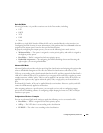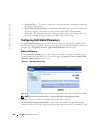
Configuring Quality of Service 421
Configuring Quality of Service
The
Quality of Service
page contains links to the main QoS configuration pages. To open the page,
click
Quality of Service
in the tree view.
Quality of Service Overview
Network traffic is usually unpredictable, and the only basic assurance that a network administrator
can offer is best effort traffic delivery. To overcome this challenge, network administrators apply
Quality of Service (QoS) throughout the network. This ensures that network traffic is prioritized
according to specified criteria, and that specific traffic receives preferential treatment. QoS in the
network optimizes network performance and entails two basic facilities:
• Classifying incoming traffic into handling classes, based on an attribute, including:
– The ingress interface
– Packet content
– A combination of these attributes
• Providing various mechanisms for determining the allocation of network resources to
different handling classes, including:
– The assignment of network traffic to a particular hardware queue
– The assignment of internal resources
– Traffic shaping
In this document, the terms
Class of Service
(CoS) and QoS are used in the following context:
• CoS provides varying Layer 2 traffic services. CoS refers to classification of traffic to traffic-
classes, which are handled as an aggregate whole, with no per-flow settings. CoS is usually
related to the 802.1p service that classifies flows according to their Layer 2 priority, as set in
the VLAN header.
• QoS refers to Layer 2 traffic and above. QoS handles per-flow settings, even within a single
traffic class.
The QoS facility involves the following elements:
•
Access Control Lists (ACLs)
— Used to decide which traffic is allowed to enter the system,
and which is to be dropped. Only traffic that meets this criteria are subject to CoS or QoS
settings. ACLs are used in QoS and network security.
•
Traffic Classification
— Classifies each incoming packet as belonging to a given traffic class,
based on the packet contents and/or the context.



